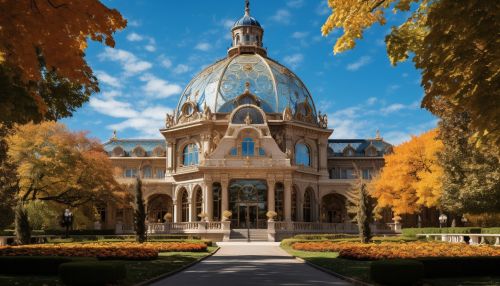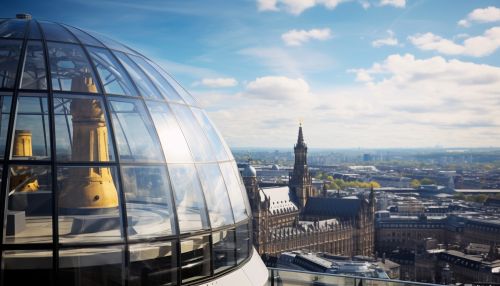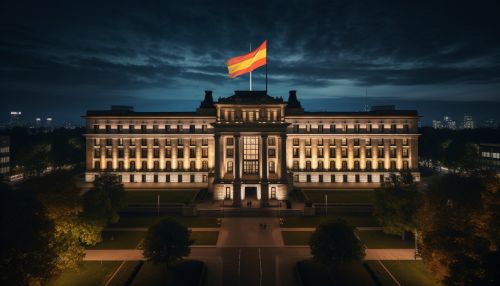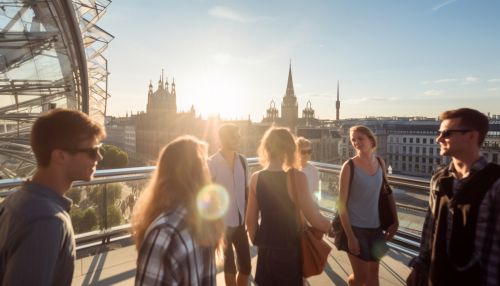Reichstag building
History
The Reichstag is a historical edifice in Berlin, Germany, constructed to house the Imperial Diet of the German Empire. It was opened in 1894 and housed the Diet until 1933, when it was severely damaged in a fire. After World War II, the building fell into disuse; the parliament of the German Democratic Republic (the Volkskammer) met in the Palast der Republik in East Berlin, while the parliament of the Federal Republic of Germany (the Bundestag) met in the Bundeshaus in Bonn.


The ruined building was made safe against the elements and partially refurbished in the 1960s, but no attempt at full restoration was made until after German reunification on 3 October 1990, when it underwent a reconstruction led by architect Norman Foster. After its completion in 1999, it once again became the meeting place of the German parliament: the modern Bundestag.
Architecture
The original Reichstag building was a magnificent example of 19th-century architecture. It was designed by Paul Wallot and built in a style that combined elements of the Renaissance Revival, Neo-Baroque, and Second Empire styles. The building was crowned with a large glass and steel dome, which was a significant architectural achievement for its time.


The modern Reichstag building, as redesigned by Norman Foster, retains much of the original structure but adds a number of modern elements. The most notable of these is the new glass dome, which provides a panoramic view of the city and symbolizes the transparency of democracy. The dome is also environmentally friendly, as it uses a mirrored cone to direct sunlight into the building, reducing the need for artificial lighting.
Political Significance
The Reichstag building has been a central site of political activity in Germany since its construction. It was the seat of the Imperial Diet until 1933, when a fire damaged the building and provided a pretext for Adolf Hitler to seize power. The building then fell into disuse until after the reunification of Germany, when it was restored and became the seat of the Bundestag.


The Reichstag building is not just a symbol of German democracy, but also a reminder of its turbulent history. The graffiti left by Soviet soldiers after the capture of Berlin in 1945 has been preserved and is visible inside the building, serving as a stark reminder of the past.
Tourism
The Reichstag building is one of the most visited attractions in Berlin. Visitors can take a guided tour of the building, which includes a visit to the glass dome and the roof terrace for a panoramic view of the city. The building also houses a restaurant, which offers a unique dining experience with views of the city.


